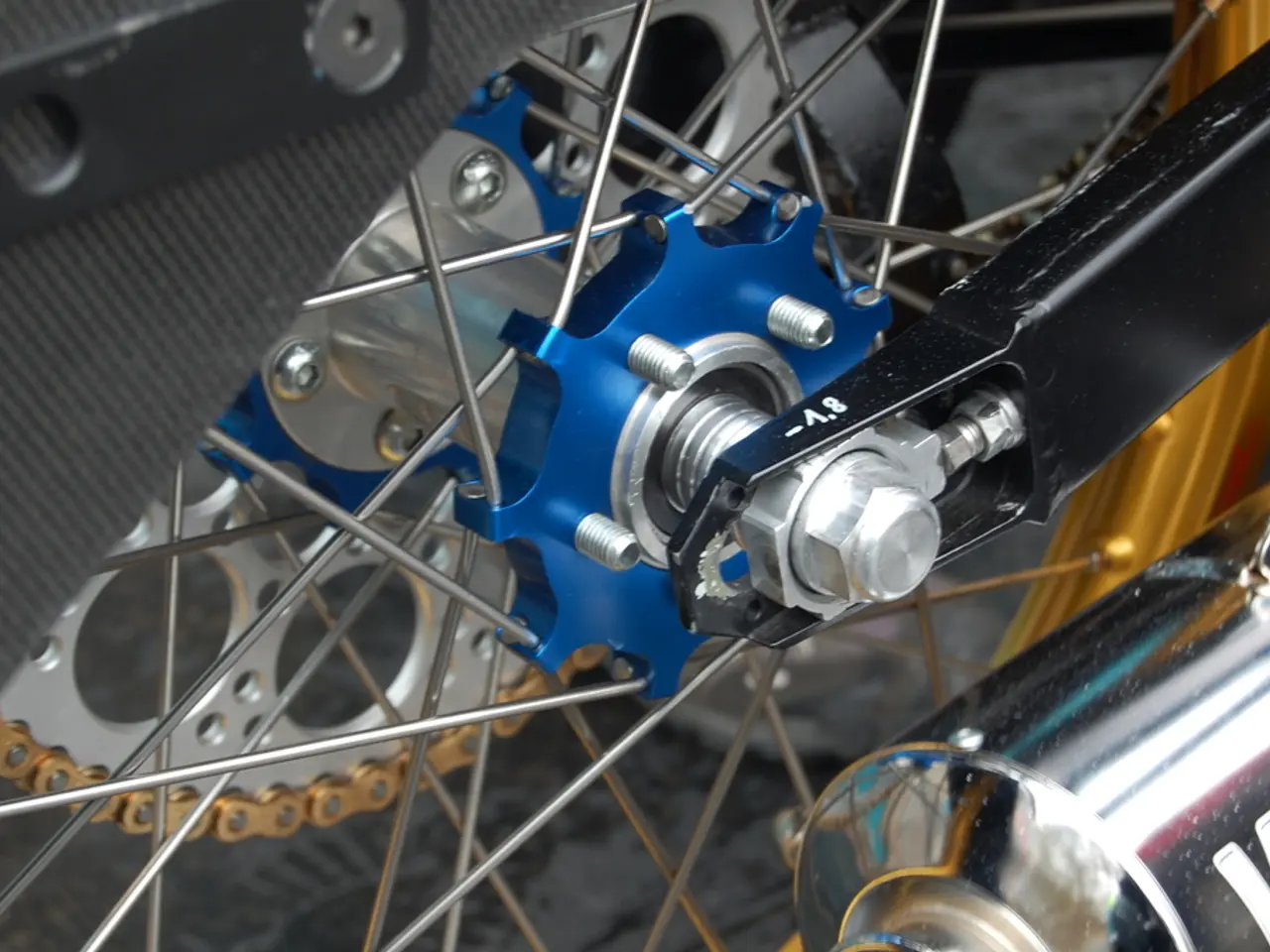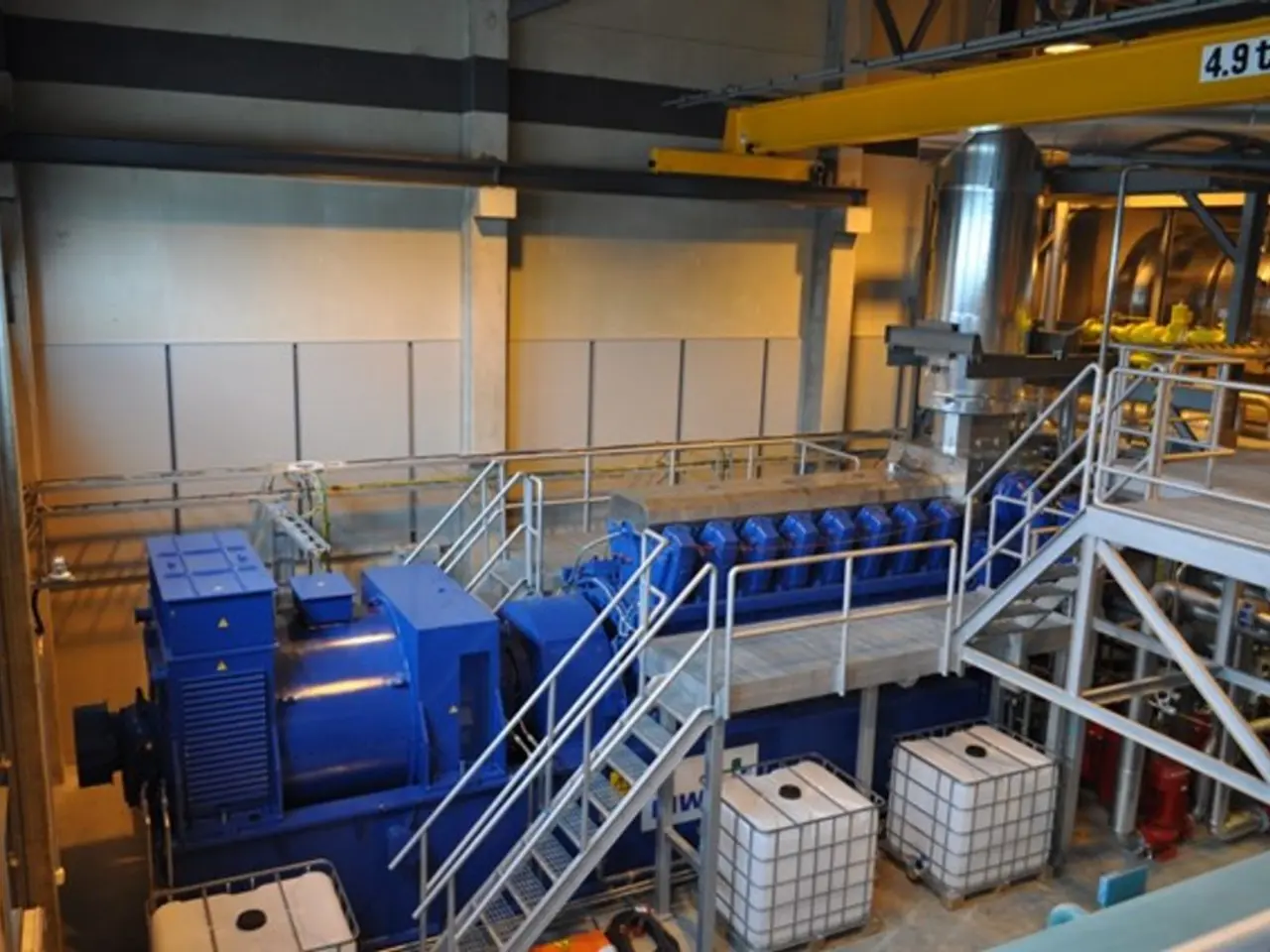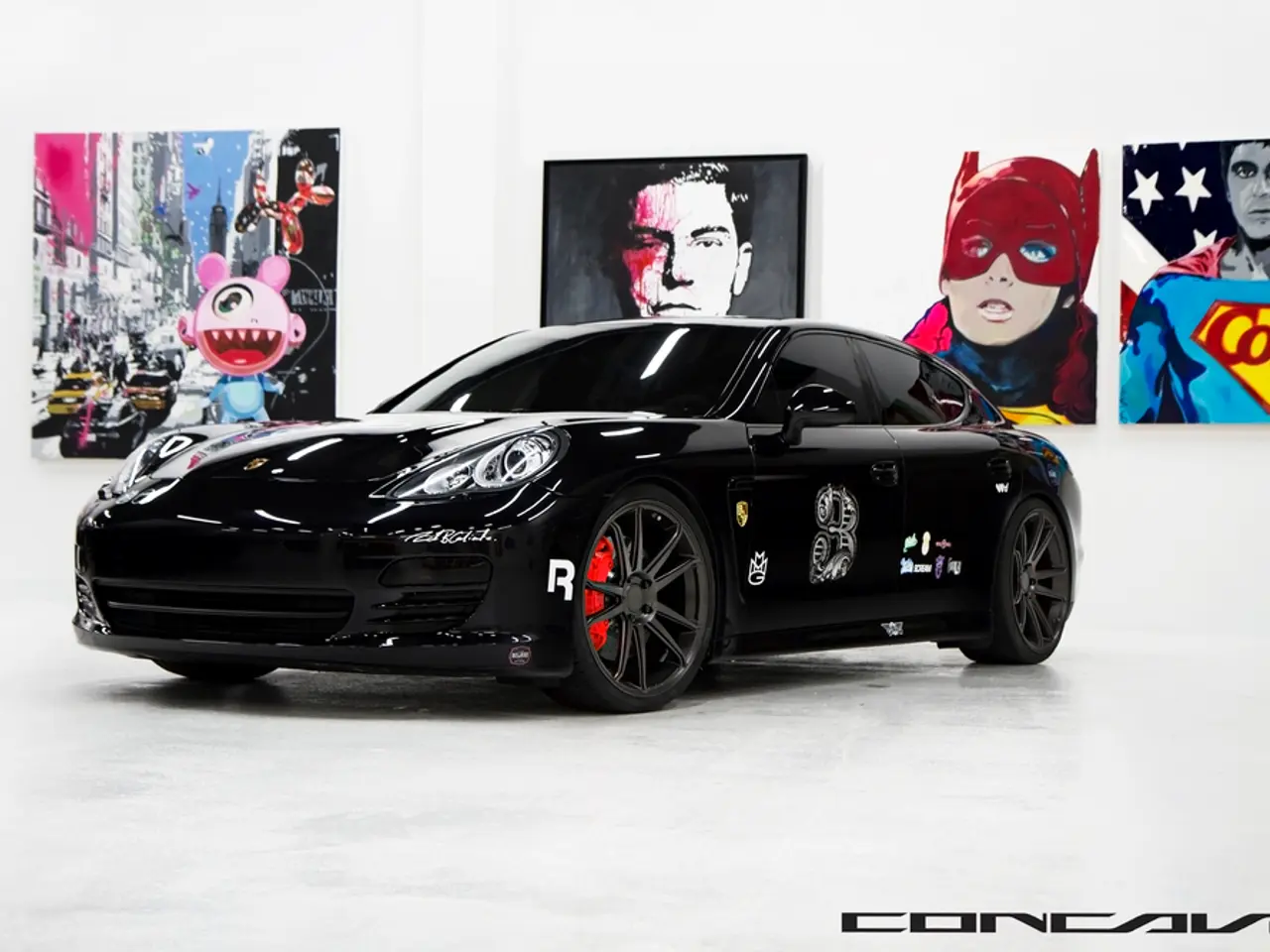Electrifying Sonic Journey: Sound Continues to Matter, Regardless of Vehicle Type
In the rapidly evolving world of automotive technology, the sound of a car's engine has become as much a part of the driving experience as its visual appeal or driving power. However, as traditional engines give way to electric powertrains, the question of how to create a satisfying and appropriate sound for these silent vehicles has become a significant challenge for automakers.
Toyota Motor Corporation, the Japanese multinational conglomerate, has taken a unique approach to this issue. Unlike some other manufacturers, Toyota has chosen to focus on creating a quiet, comfortable, and refined cabin environment rather than adding artificial sounds to the driving experience.
Shinichi Sano, Assistant Manager of Vehicle Performance Development Department No. 1, Lexus Vehicle Performance Development Division, is one of the key figures driving this approach. Sano, who has been working on sound design for Toyota electric vehicles since the 2010s, initially envisioned the sound of the Lexus UX300e as a thunder-like sound. However, attempts to make the sound sharper and more responsive were unsuccessful.
Instead, Toyota's strategy for electric vehicle (BEV) sound design involves extensive noise suppression and vibration control measures. The battery pack is used as a structural member to suppress road noise, and sound-insulating baffles, glass, and adhesives are employed to reduce driving and wind noise. The design of the eAxle motor and its mounts also helps minimize unwanted noise and vibration inside the cabin.
In models like the Lexus RZ, Toyota applies detailed sound-absorbing materials and structural elements to significantly reduce sound pressure levels and improve the tonal balance of the interior noise. This approach creates a calm, cocooning atmosphere for passengers, enhancing the natural quietness of the driving experience.
Akio Toyoda, former president of Toyota, has been a strong advocate for this approach. He believes that cars should be enjoyed with all five senses, including sound, even in the age of electrification. At a company induction ceremony, Akio Toyoda had a Supra set up on stage to let new employees hear the sound of its engine.
Toyota's electric vehicles, including the BEVs such as the Lexus UX300e and FCEVs like the Mirai, produce a unique whirr or whine as they drive. The Mirai retained its Fujin (wind god) element in the way it whooshes like the wind. In the case of the UX300e, the thunder-like sound was eventually abandoned, but the random noise component was kept. Order tones were added to the random noise to create the final sound for the UX300e.
In the context of electrified vehicles, sound design should correspond to the driving power of the vehicle. The sound for engine vehicles is built up with different orders corresponding to engine speed. When replacing engine sounds with random noise, the sound does not feel responsive when stepping hard on the gas pedal.
This approach aligns with Toyota’s broader philosophy of delivering a serene and comfortable driving environment, using sound design to reduce distracting noises and emphasize a high-quality, immersive cabin atmosphere rather than synthetic sounds. By focusing on acoustic refinement and structural noise control, Toyota aims to make their electric vehicles feel sophisticated and enjoyable through silence and subtle sensory feedback.
The Japanese multinational conglomerate, Toyota Motor Corporation, has opted for a unique approach in the realm of electric vehicle sound design, as opposed to adding artificial sounds, they prioritize creating a quiet, comfortable, and refined cabin environment, reminiscent of the integration of finance and technology in their overall strategy.
Toyota's strategy involves extensive noise suppression and vibration control measures, mirroring the importance of noise reduction in the transportation industry, and particularly in the automotive sector, where silent vehicles pose a significant challenge.




